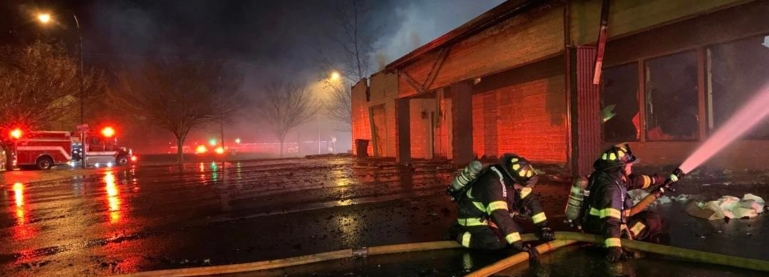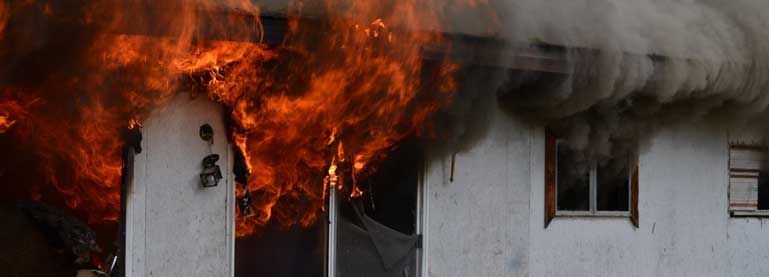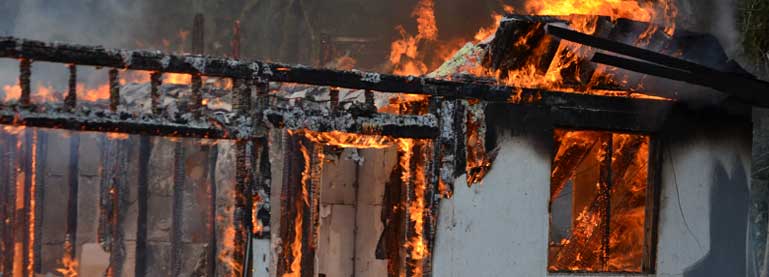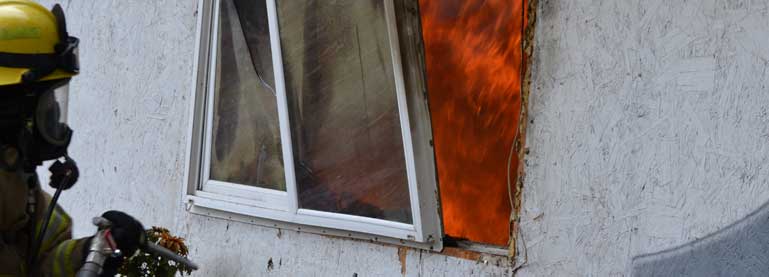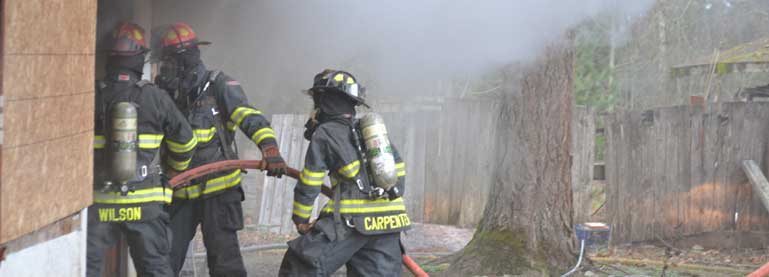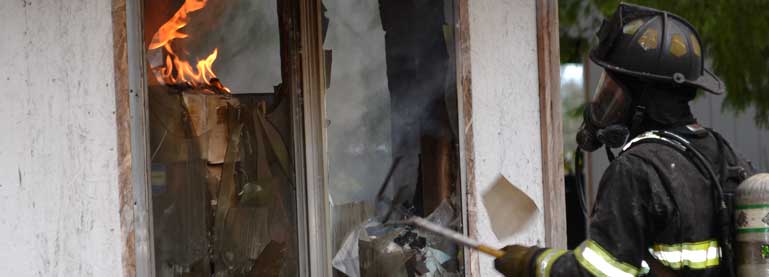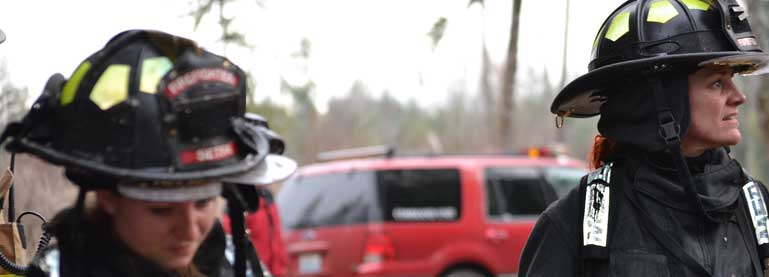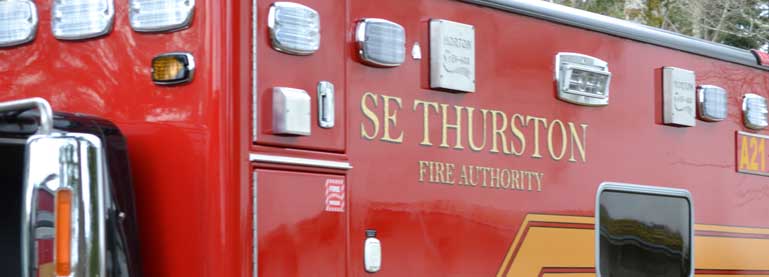Safety helmets aren’t just for kids taking a spin on their first bike. Children and adults should wear the appropriate helmet when participating in any recreational activity where head injuries are a risk. And when it comes to helmets, fit is the key. A loose helmet can’t protect the head as well as one that is properly fitted. 
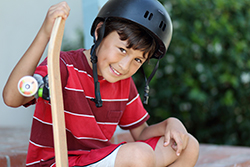
 Examples of situations where you should wear a helmet include, but are not limited:
Examples of situations where you should wear a helmet include, but are not limited:
- Riding ATVs
- Baseball/Softball
- Bicycling
- Skateboarding
- Football
- Horseback Riding
- In-line Skating
- Rock Climbing
- Skiing
- Snowboarding
Other Facts
- According to the Bicycle Helmet Safety Institute, a bicycle helmet reduces the risk of serious head and brain injury by 85 %.
- More than 70,000 persons need hospital emergency room treatment each year for injuries related to skateboarding according to the CPSC.
- Head injuries cause three-quarters of about 900 bicycle deaths each year, according to the Bicycle Helmet Safety Institute, a helmet advocacy program of the Washington, D.C.-area Bicyclist Association.
- Another 82,000 people suffer brain injuries each year while playing sports such as baseball and football, etc., according to the Brain Injury Association in Alexandria, Virginia.
- Neurosurgeons and doctors across the U.S. agree that wearing helmets can save lives.
- Always replace your helmet after a crash. Damage may not be visible to the eye, but the inner lining may have been destroyed.
- Cracks or dents mean you need a new helmet.
- Replace your helmet every five years. You may not only need a new size, but the material naturally weakens over time.


